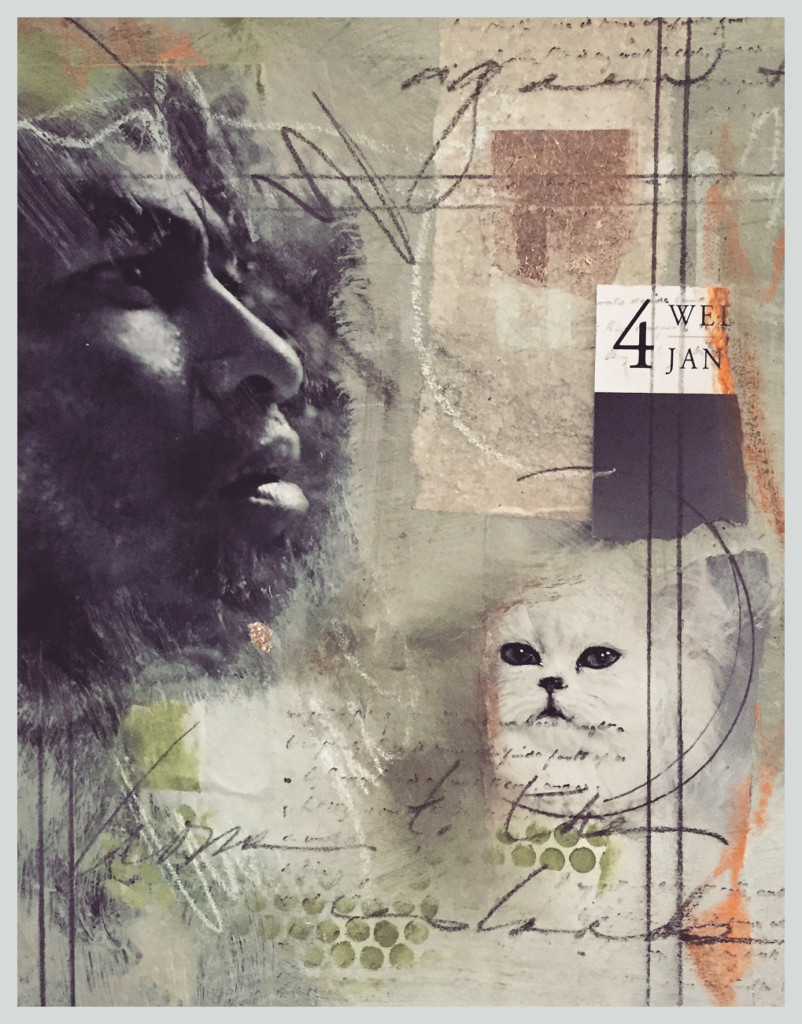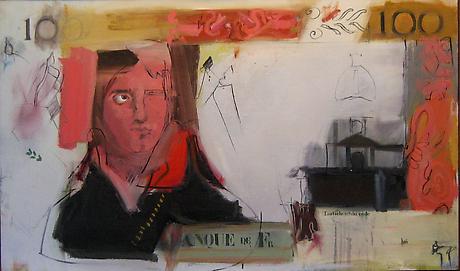Lesta Frank has a ray gun – she brought it to our all-day Whiter Shades of Pale workshop yesterday, and when anyone “called color” on another person (like, they were reaching for some red paint), they got blasted with flashing lights and wild beeps. It was pretty funny!
The whole day was a delight, as a matter of fact. In the morning, we made beautiful pale papers under Lesta’s expert tutelage – ecru, ivory, palest gold and silver – all breathtaking. A favorite was the string-embedded paper.
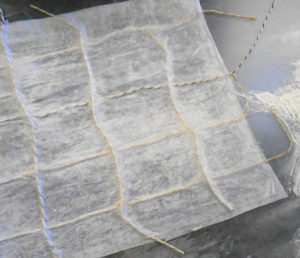
In the afternoon, we used those papers to create stunning assemblage/collages with the hand-embellished paper and found objects tied into our canvases.
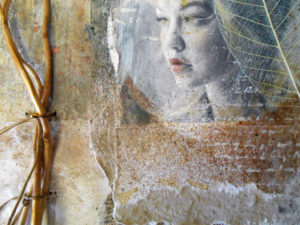
Lesta’s collage
The video from the workshop is just pure eye-candy. It’s astonishing how much richness and variety can come from such a a limited color palette. Limiting the color choices allows you to concentrate on texture and composition.
Pale colors and textures are so wonderfully nostalgic that I thought I’d treat you to the original inspiration, the song called “A Whiter Shade of Pale” which won a Grammy for Procol Harum in (gulp) 1967. The video looks so sweet and goofy – very non-MTV. But boy, does it bring back memories!

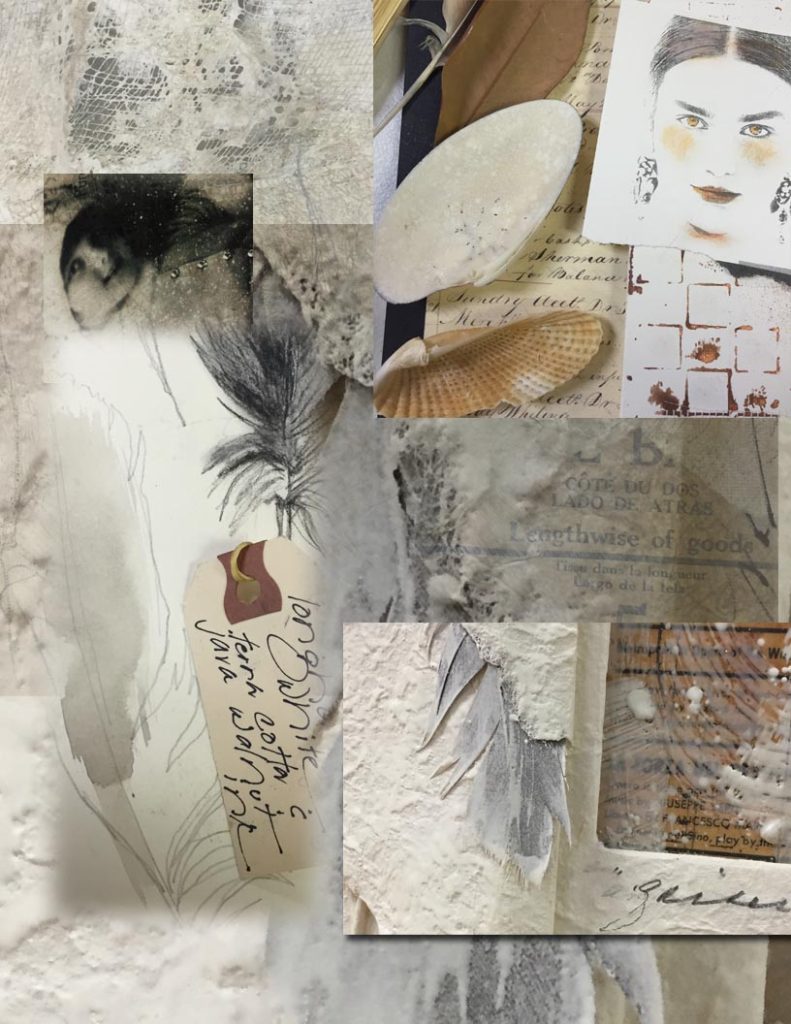
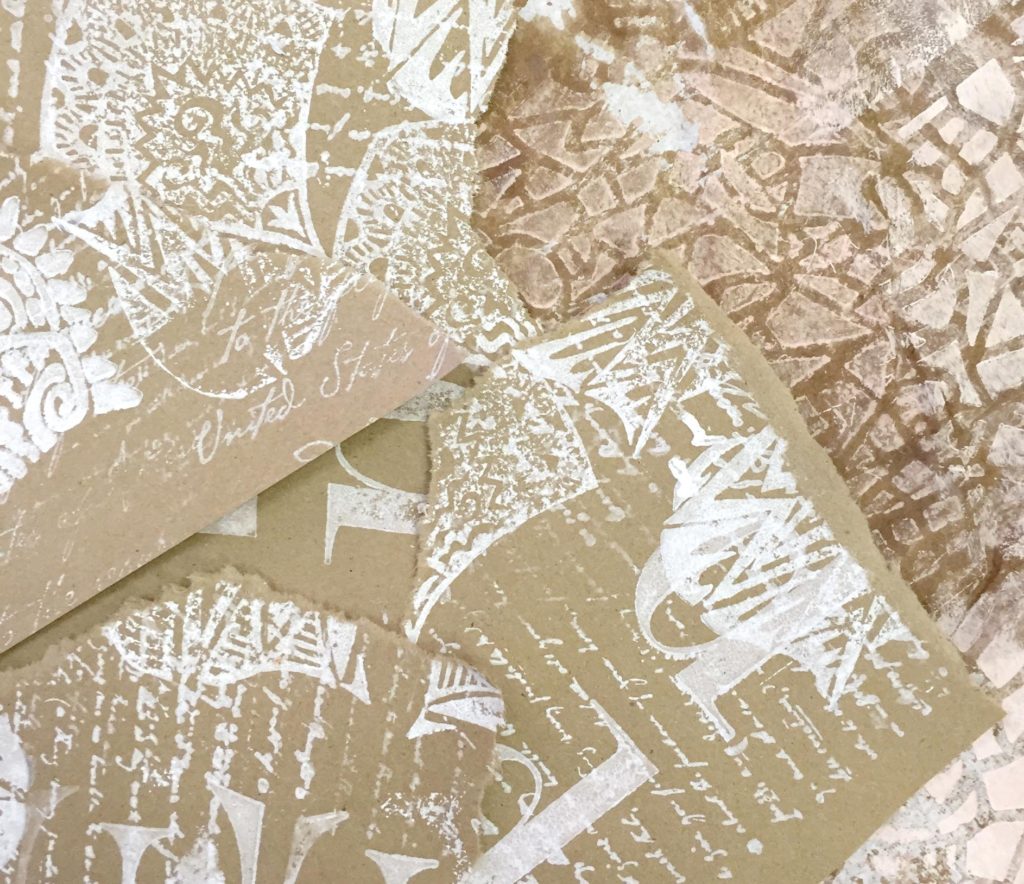
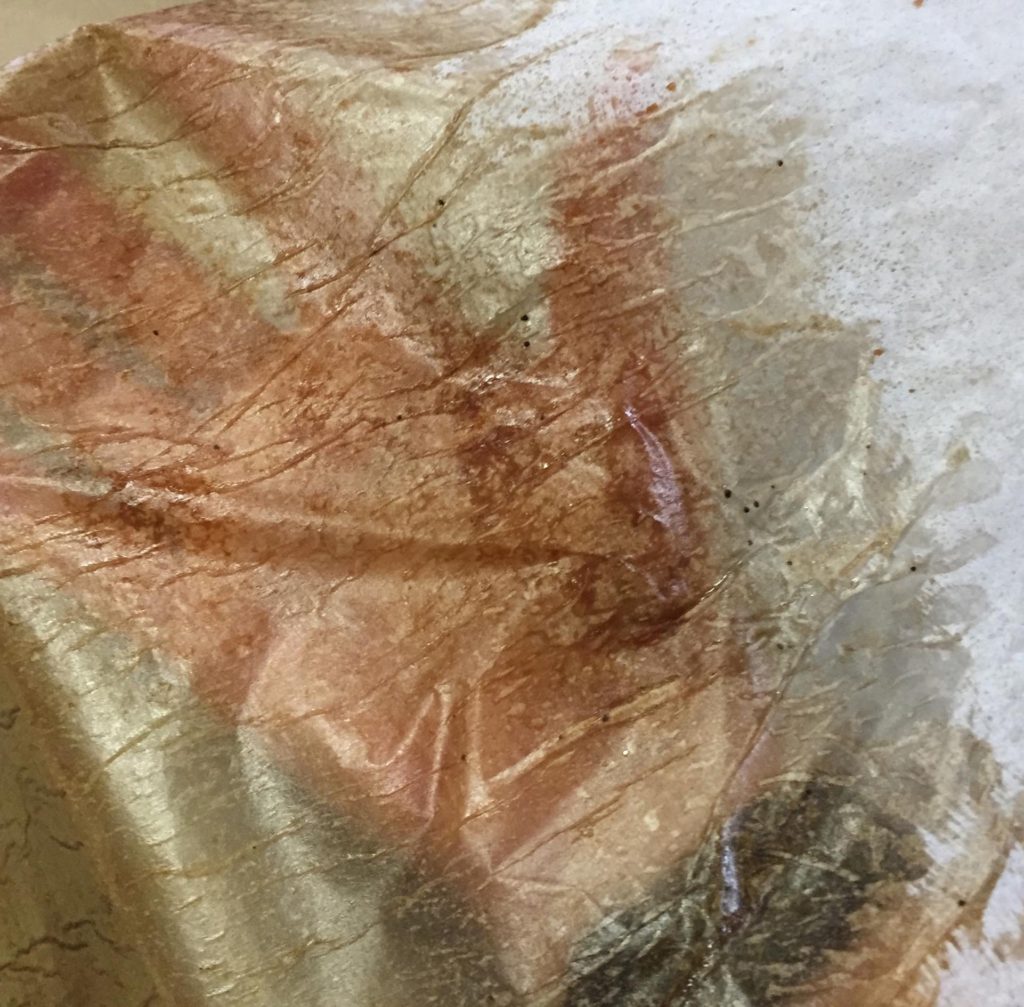
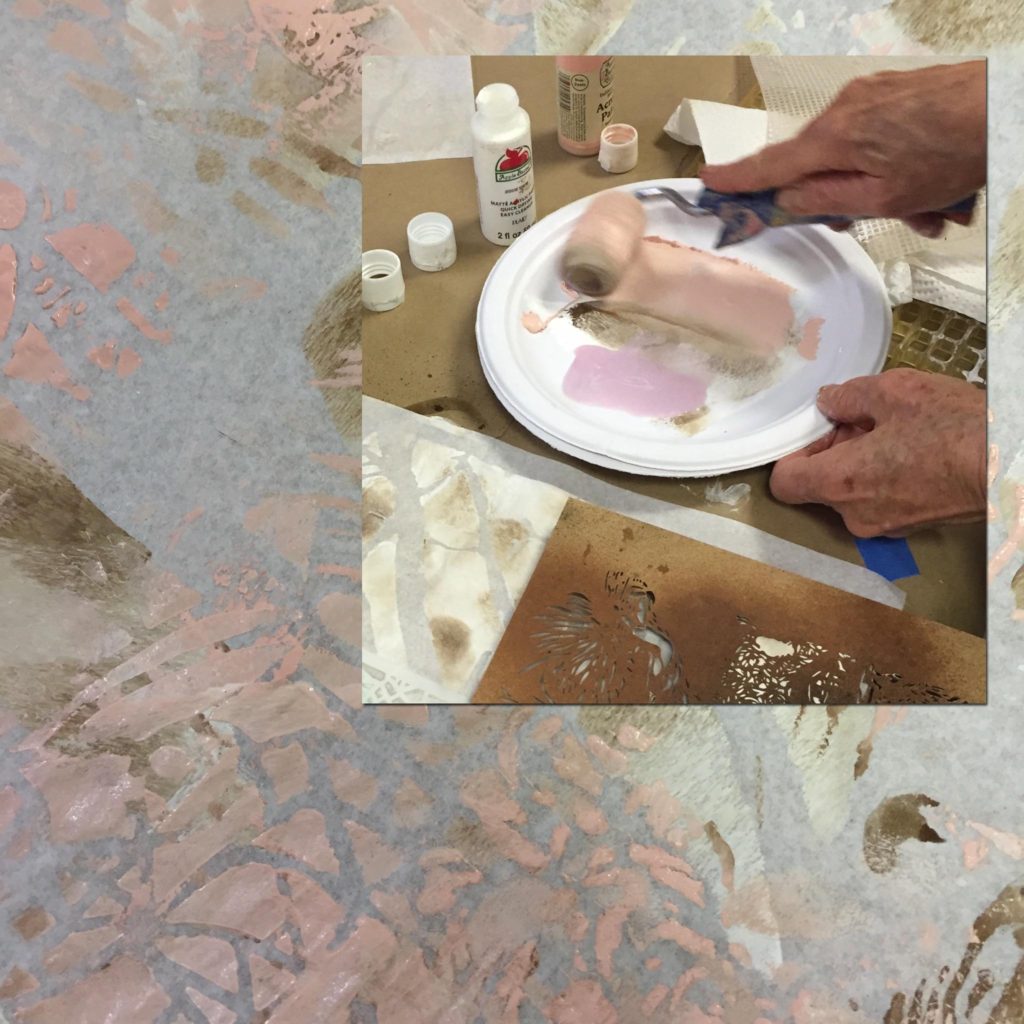
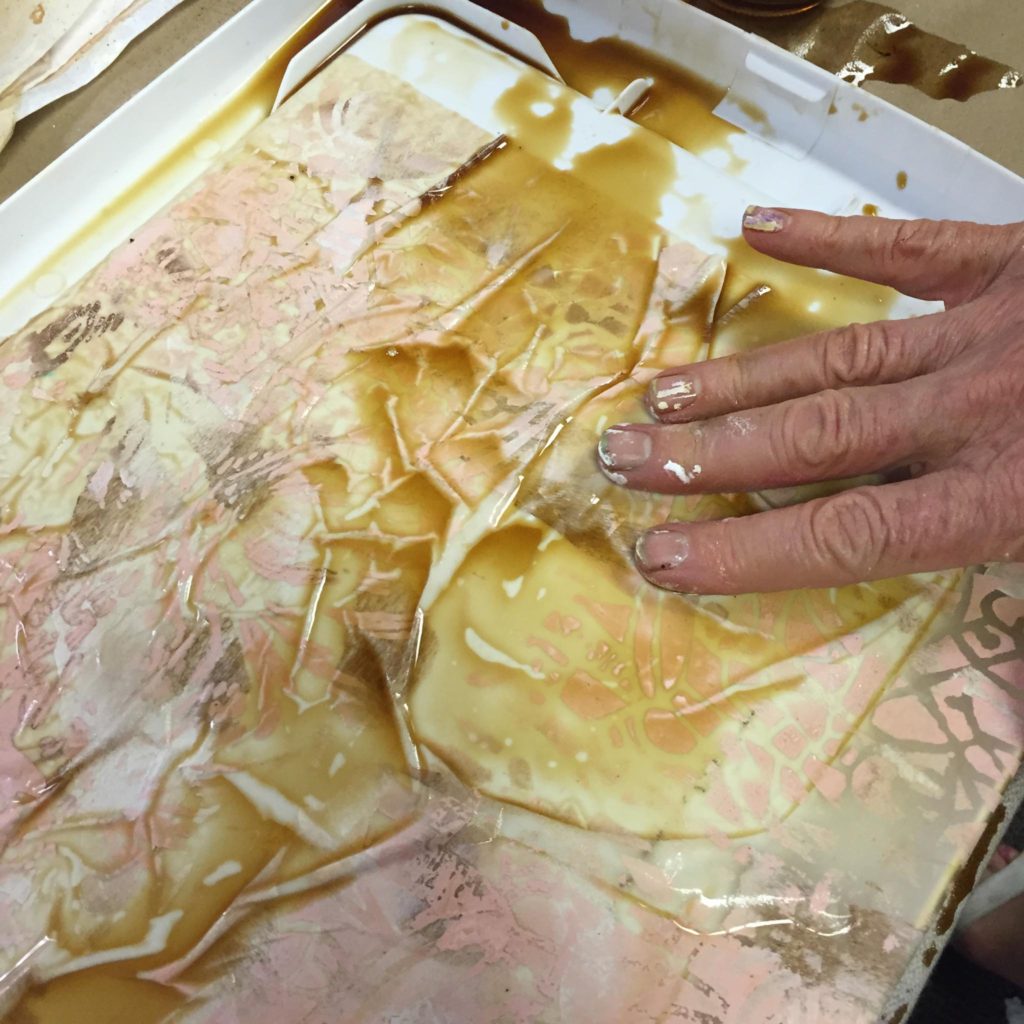
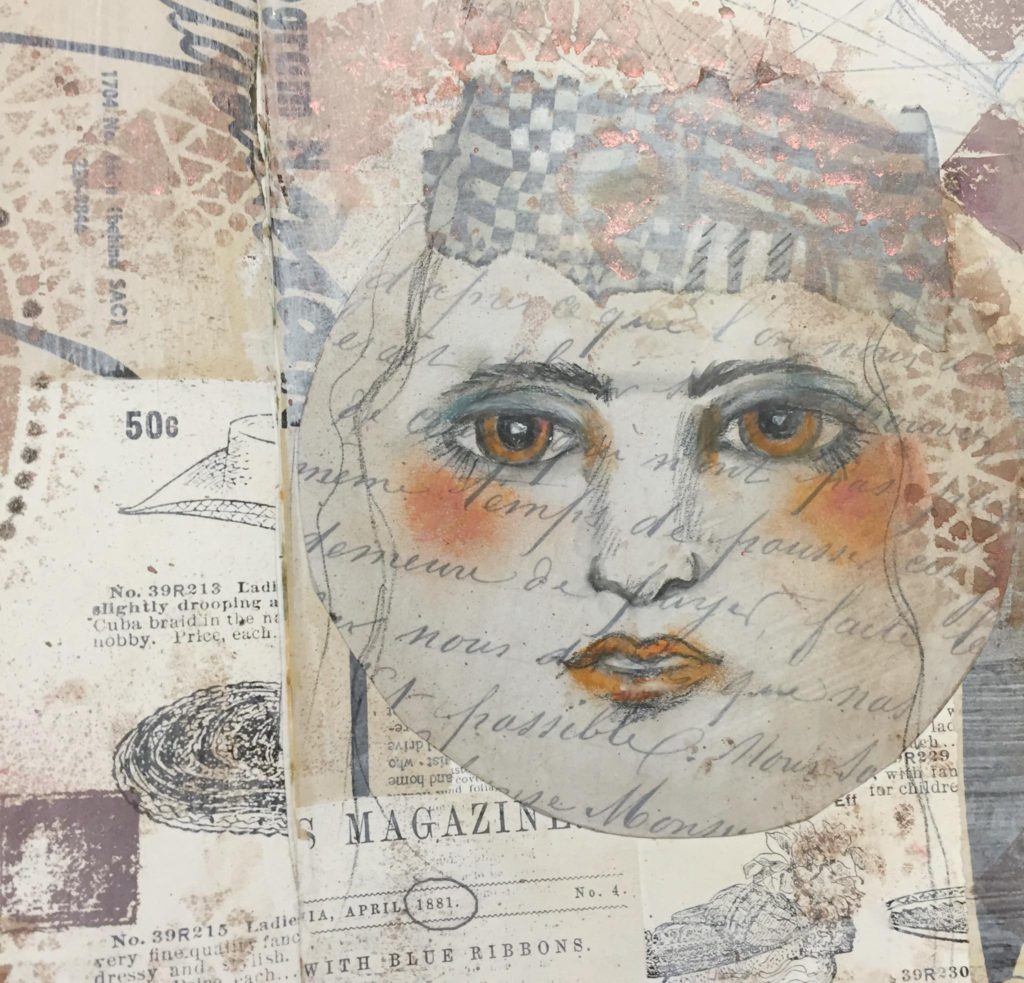
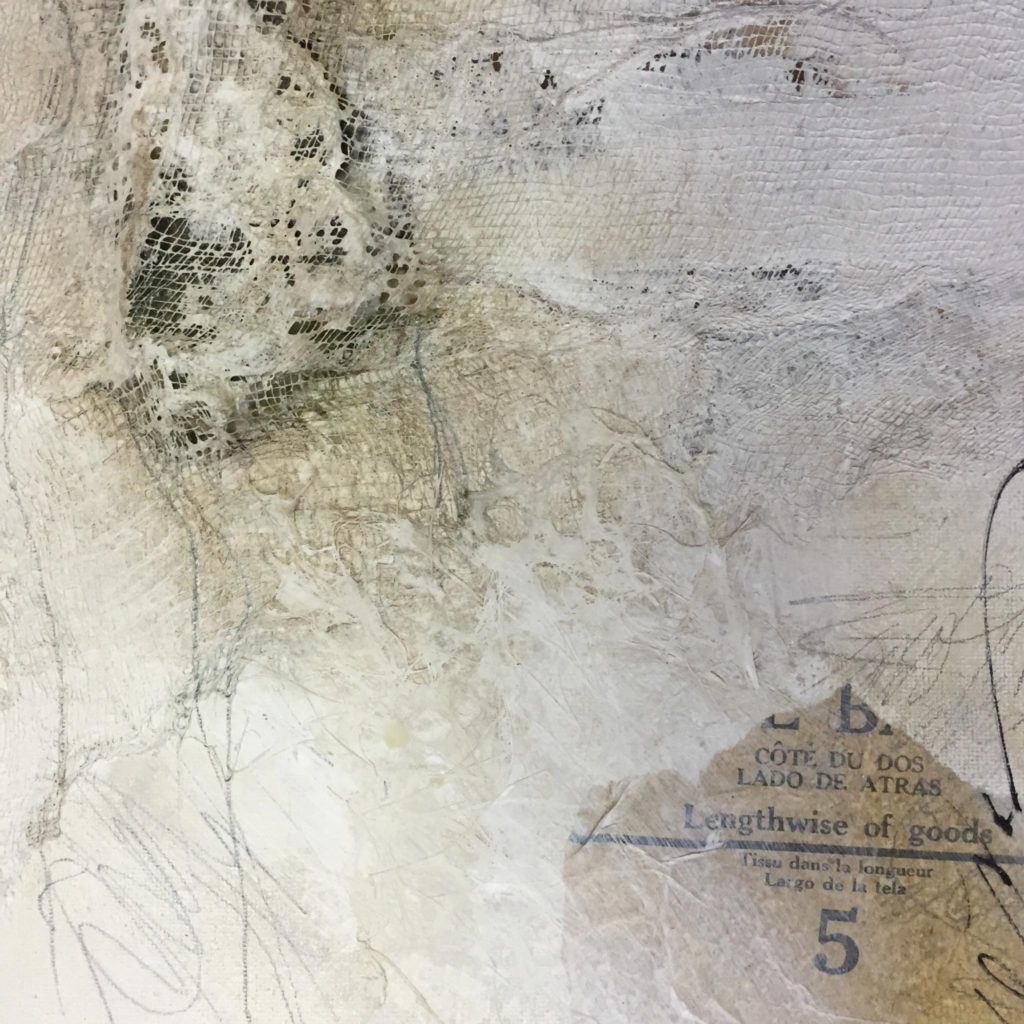
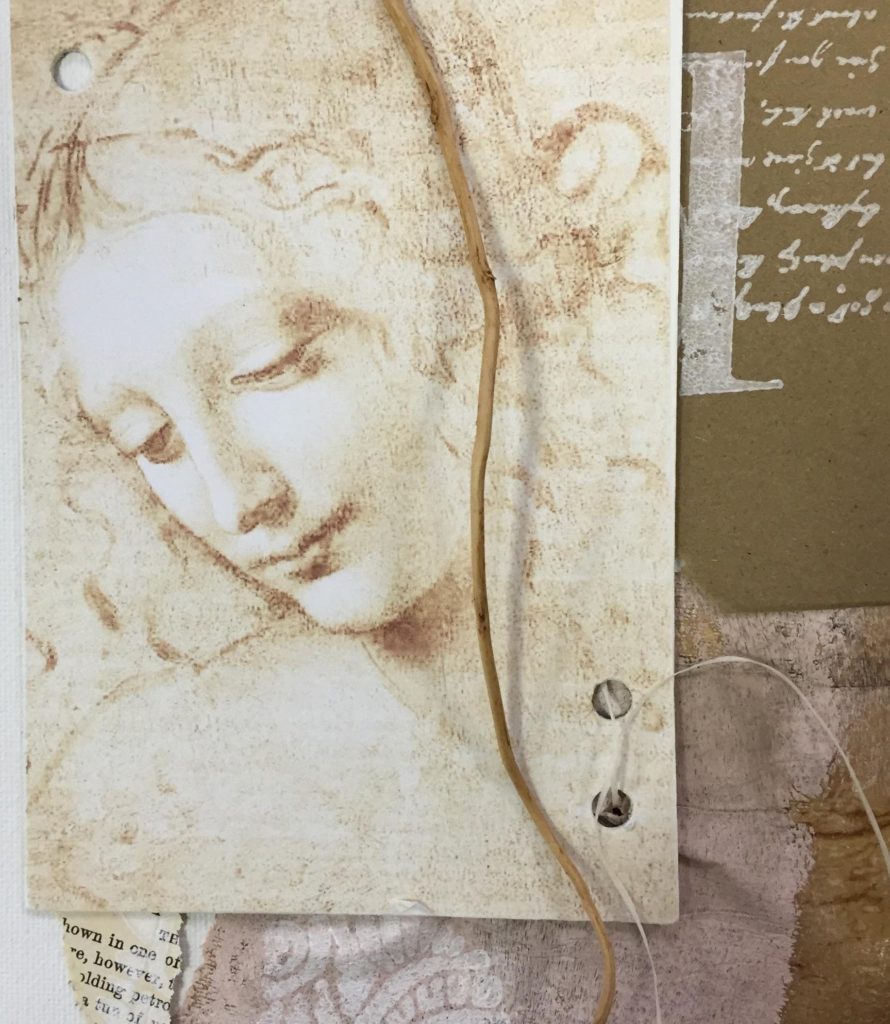

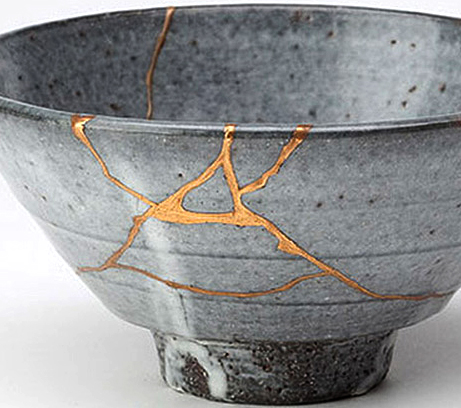
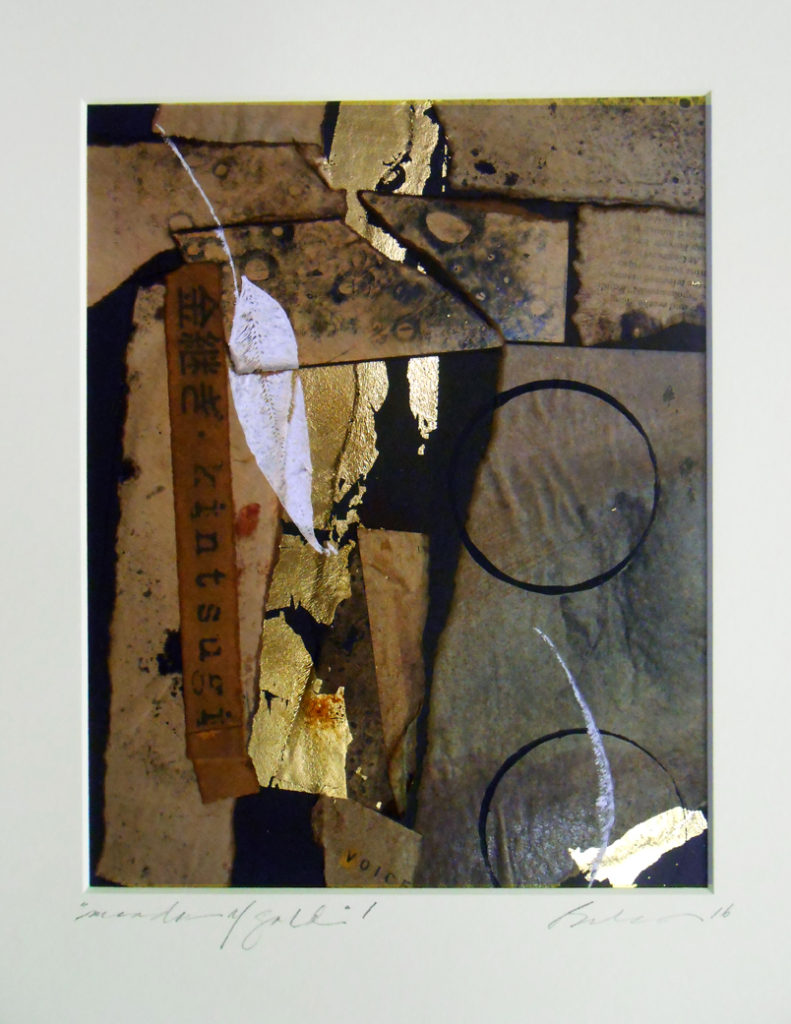
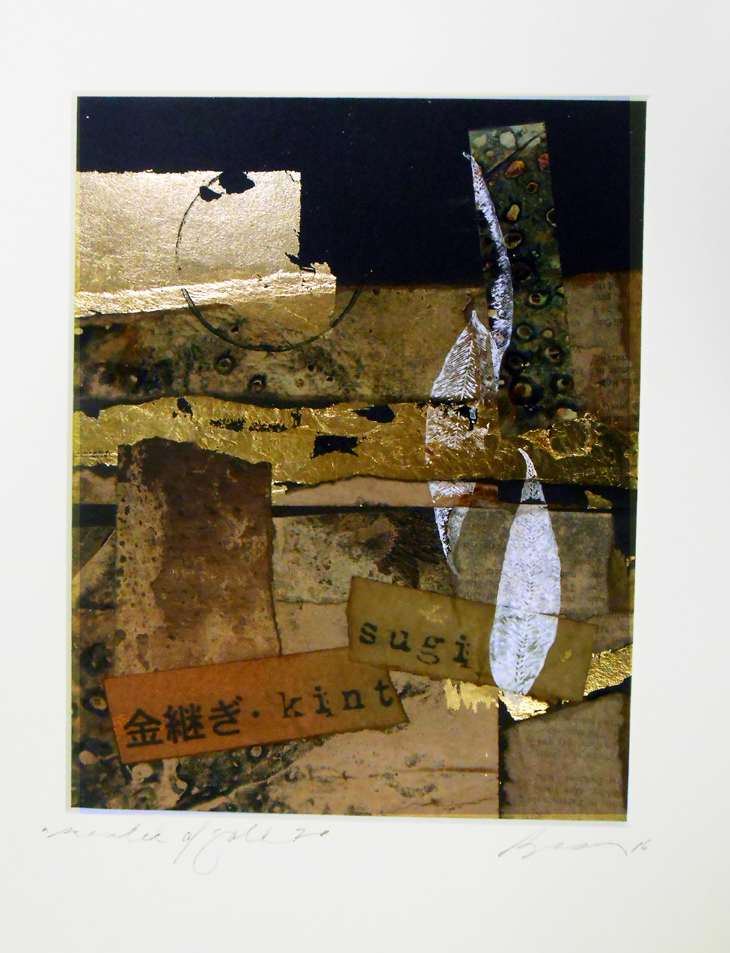
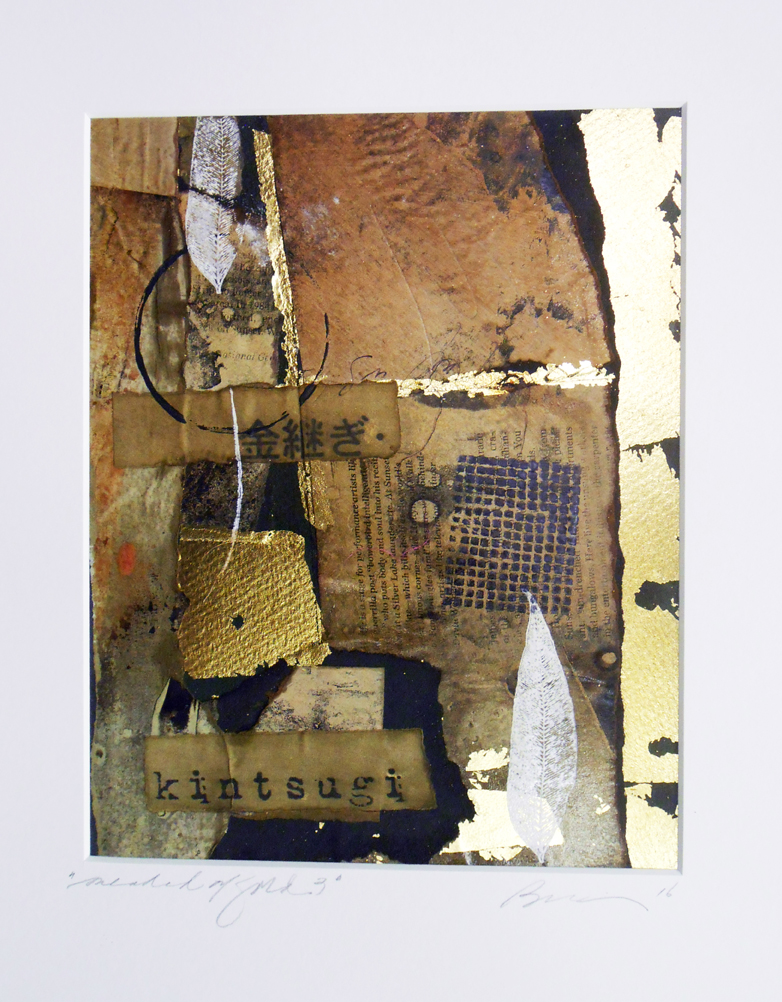
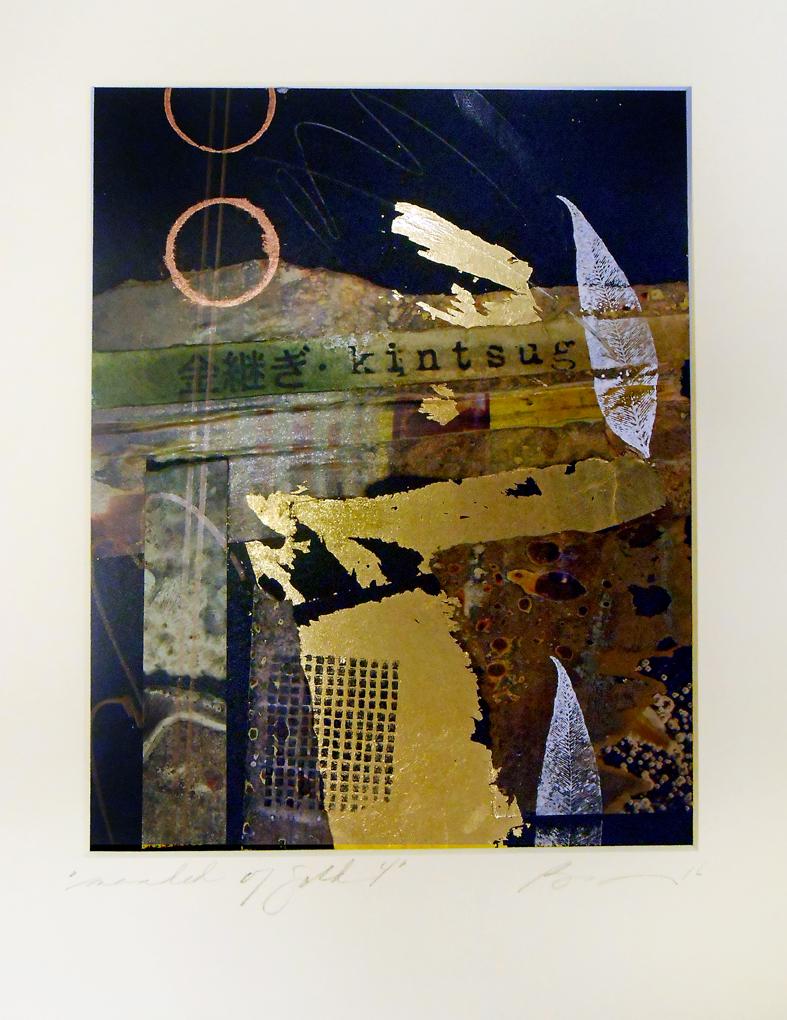
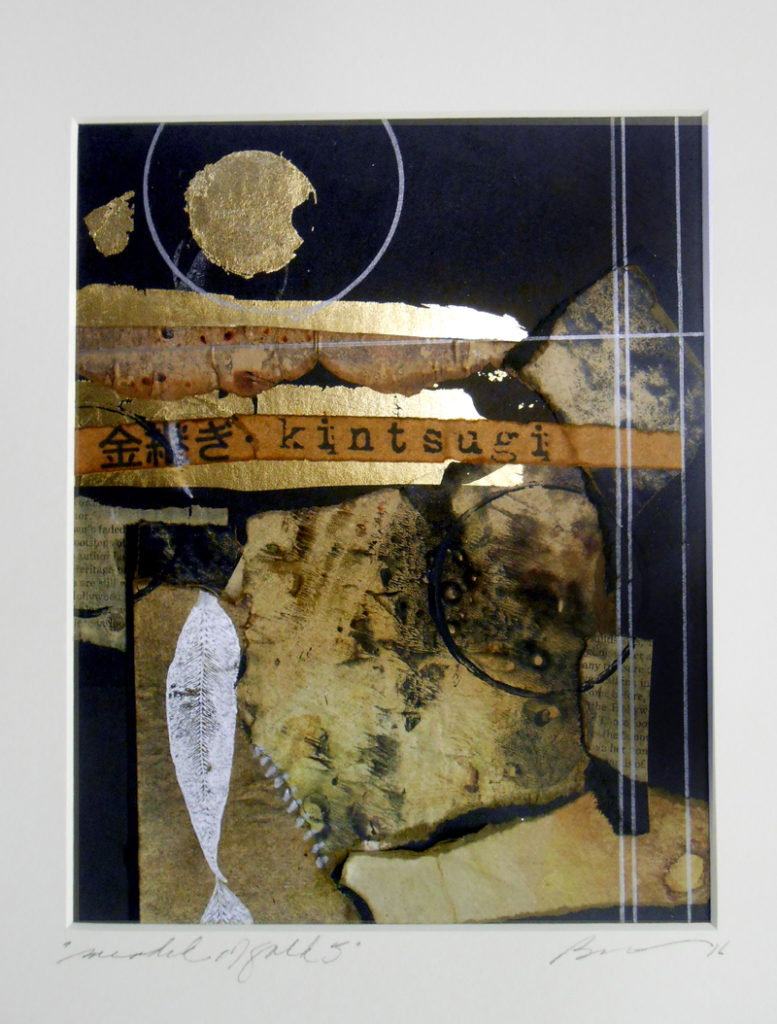
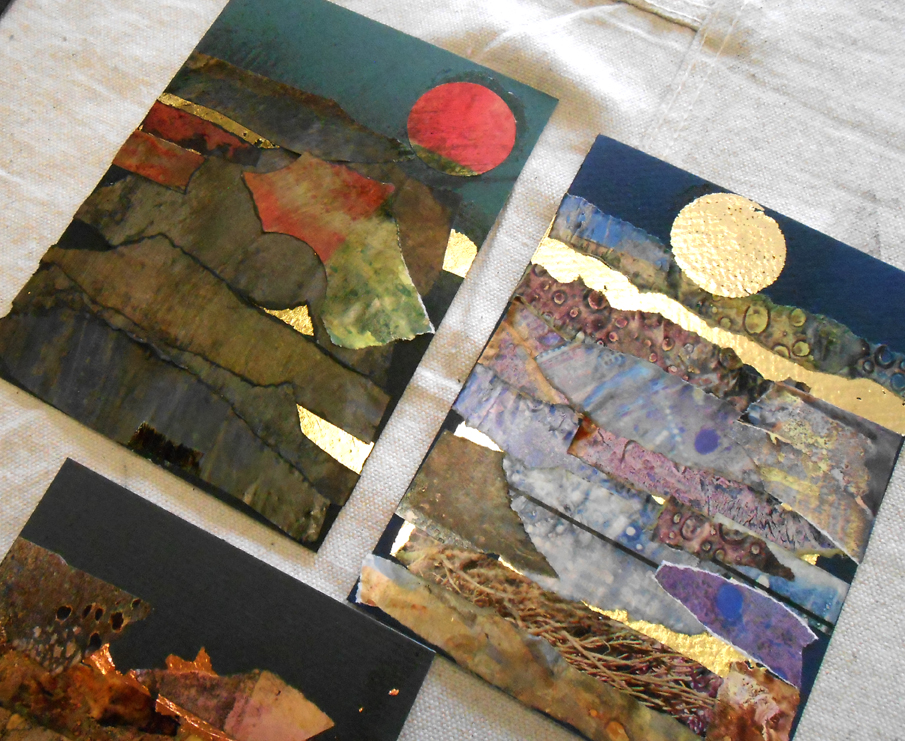
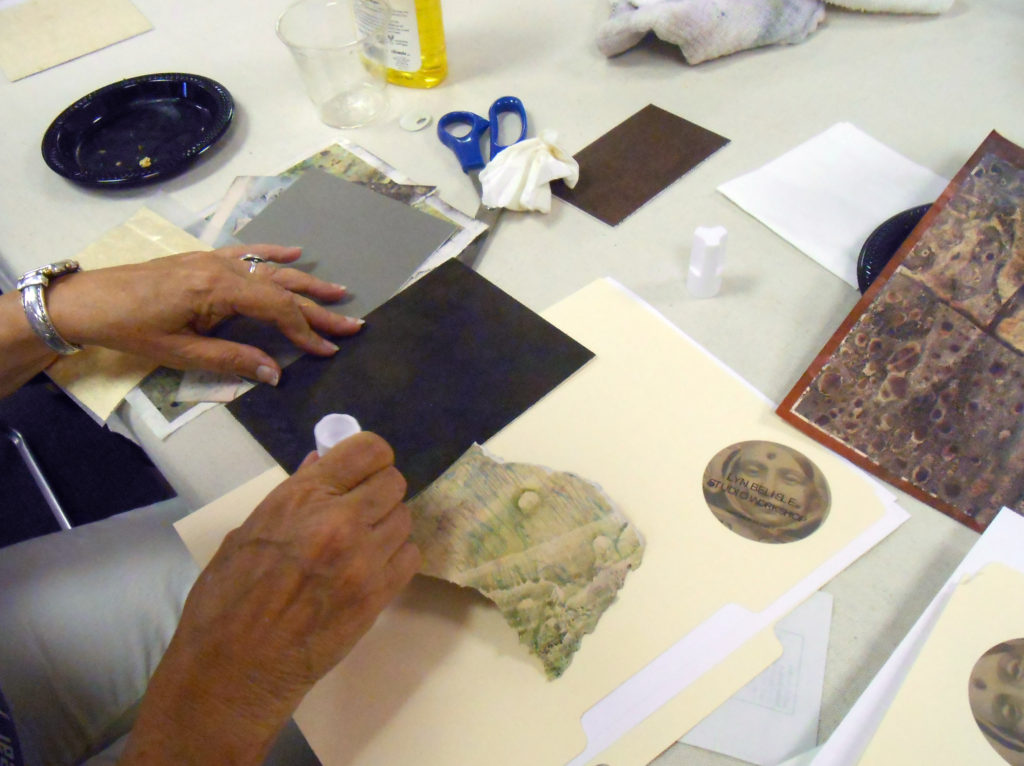
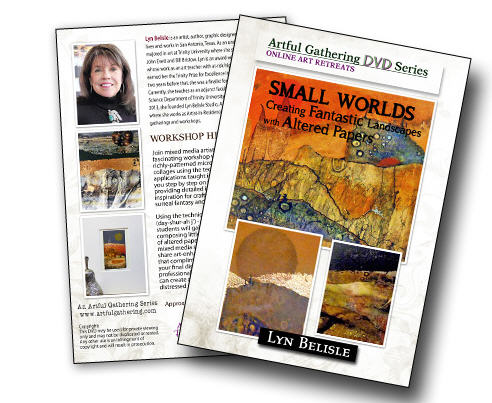
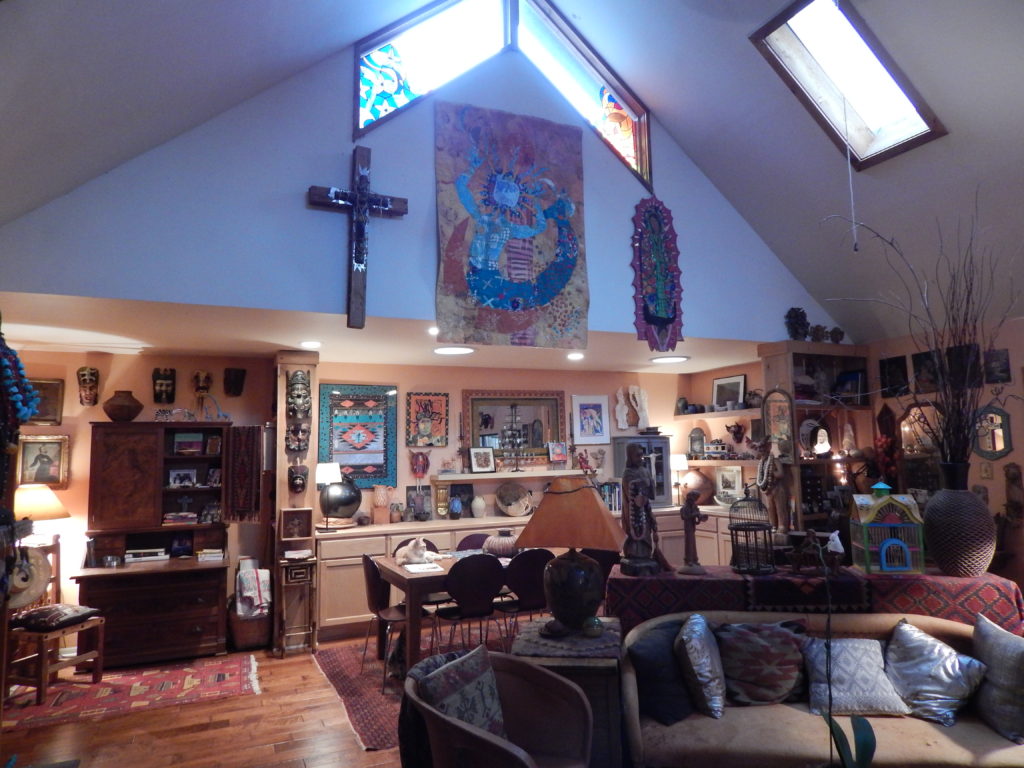
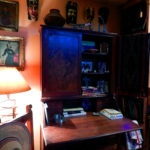
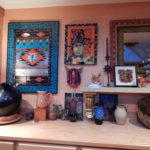
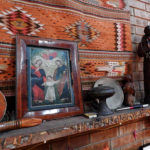
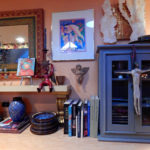
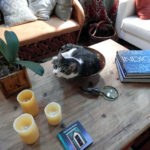

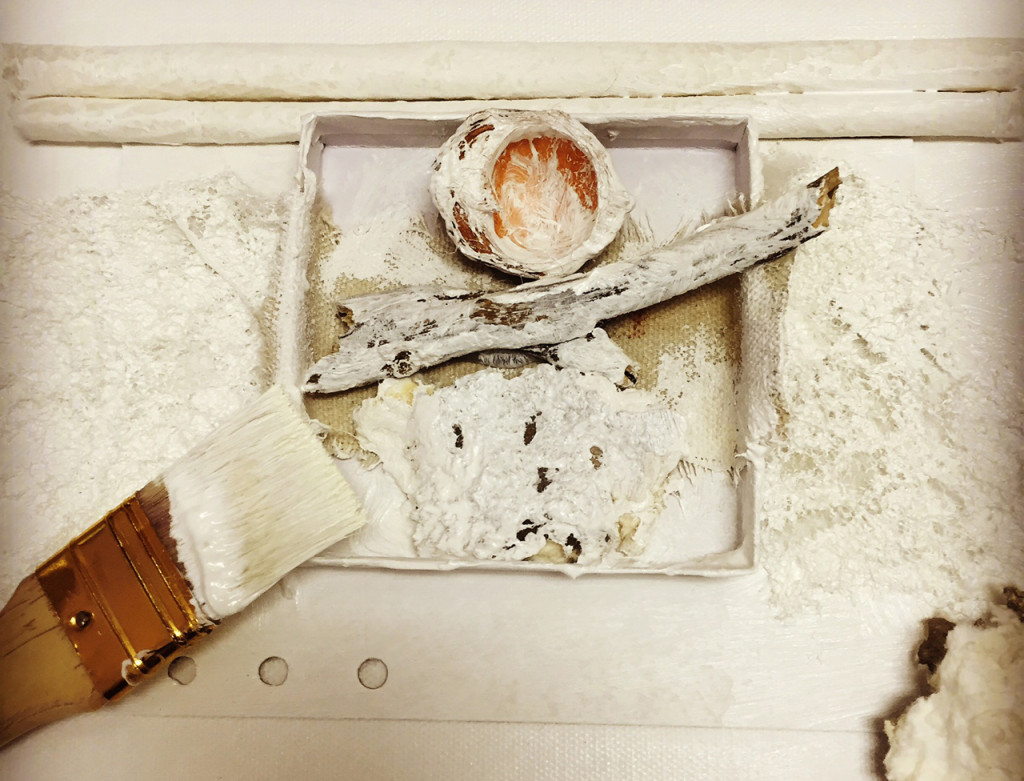 Offering a new workshop is a risk, both for the teacher and the students who are the first “test drivers.” That was the case with the Wednesday
Offering a new workshop is a risk, both for the teacher and the students who are the first “test drivers.” That was the case with the Wednesday 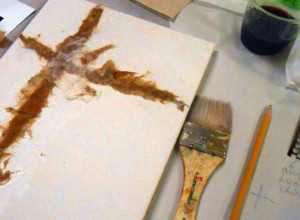 I started the session by demonstrating how to draw a visual classic cruciform framework with pencil lines on a 9×12″ canvas. Then we built thin layers of torn paper across that flat framework. I showed several techniques using both created and found textures, and combined these with mark-making through wet paint.
I started the session by demonstrating how to draw a visual classic cruciform framework with pencil lines on a 9×12″ canvas. Then we built thin layers of torn paper across that flat framework. I showed several techniques using both created and found textures, and combined these with mark-making through wet paint.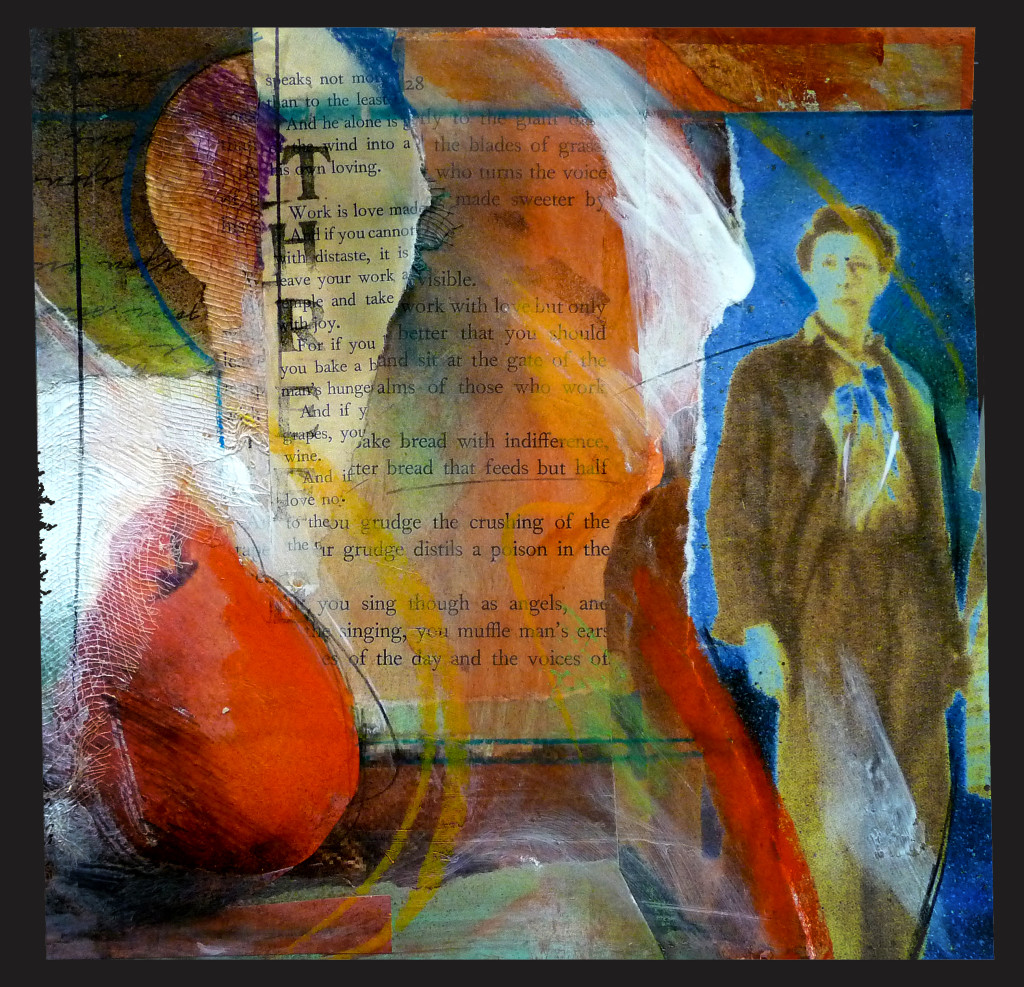
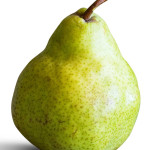
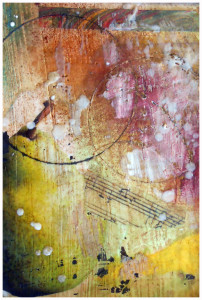
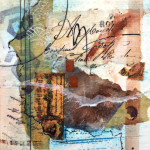
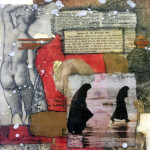
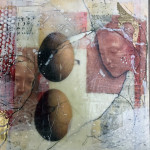
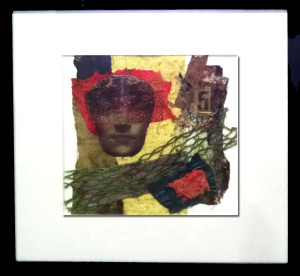
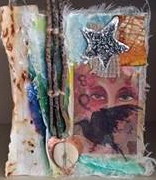 Toni Curtis from LA also sent in her wonderful collage which morphed into a journal cover – nice, Toni! Check out Toni’s
Toni Curtis from LA also sent in her wonderful collage which morphed into a journal cover – nice, Toni! Check out Toni’s 